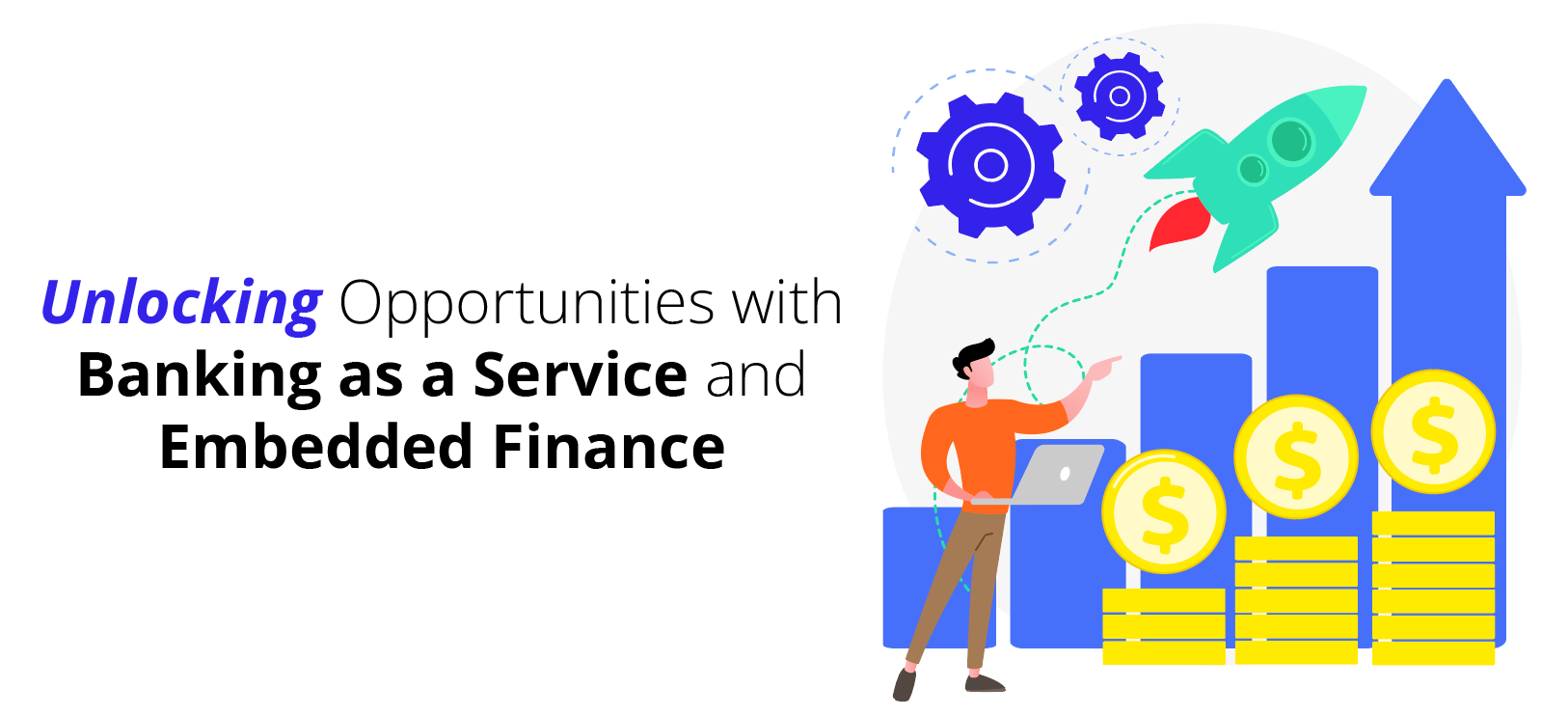
Banking as a Service (BaaS) and Embedded Finance are transforming the financial services industry and creating opportunities to leverage innovation and new technologies. On one hand, BaaS enables banks, credit unions, and other financial organizations to provide core banking infrastructure. On the other hand, Embedded Finance allows non-financial institutions to leverage traditional banks’ infrastructure to insert financial services into their web or applications. Both models are revolutionizing the traditional financial landscape, creating innovative consumer solutions, and enabling companies to move from offering just goods and services to delivering a fully integrated financial experience. In this blog, we will explore what are these new business models and discuss how financial and non-financial institutions can benefit from them.
So what is Banking as a Service? This innovative API business model emerges as a solution to facilitate the integration of financial services in the non-financial space. If a non-financial institution wants to offer online transactions, payment processing, money transfers, and more, it does not have to request a banking license or develop a banking infrastructure, it can just partner with a traditional bank. Through the Banking as a Service model, traditional banks become Sponsor Banks or in other words, providers of banking products. Offering core financial products such as infrastructure, data, and banking licenses on a white-labeled basis, traditional banks provide an efficient and cost-effective way to launch financial services without incurring costly and endless developments. Under this innovative scheme, traditional banks benefit from asset monetization while non-financial institutions improve the customer experience.
And what about Embedded Finance? Embedded finance takes a step further by integrating banking capabilities into other products and services. For example, banks can partner with e-commerce companies to allow users to pay directly from their bank accounts. Similarly, telecom companies can offer banking services such as savings accounts or short-term loans. The whole transaction end-to-end is finished, through a single interface. This creates a seamless user experience by eliminating the need for customers to sign up for yet another service or to use multiple payment methods. The bank facilitating the financial service is completely invisible to the customer, giving the app owner total control over the customer journey. The holistic and direct interaction with final users increases customer engagement and brand loyalty.
The growth of embedded finance is estimated to reach $2.5 trillion in 2025 and $7.2 trillion in 2030. This global market opportunity will be driven by increasing consumer demand for integrated financial services. This demand is coming from the Millennial demographic who are tech-savvy and expect their daily activities to be integrated with banking services. They prefer the convenience of having their financial transactions carried out directly inside applications where they already interact.
Given the opportunities of the BaaS and Embedded Finance models, traditional banks should embrace them as part of their digital transformation efforts. Traditional banks have an advantage over Fintechs since they already possess a wealth of customer data, a trusted brand identity, and an understanding of the regulatory landscape. By focusing on improving the customer experience, offering added value through various services, and leveraging the power of technology, traditional banks can capture the market share of their competitors and stay ahead of the curve.
To sum up, Banking as a Service and Embedded Finance offer a range of benefits that should be leveraged by both financial and non-financial institutions. Non-financial institutions can use this model to quickly develop their own digital banking products and services, while traditional banks can take advantage of it to tap into new revenue streams. But beyond these mutual benefits, what these business models bring with them is an increased focus on collaboration. In order for traditional banks and non-financial institutions to successfully innovate, they need to work together. This requires a deep understanding of each other’s strengths and weaknesses, as well as a willingness to compromise and find creative solutions that benefit both parties. Only by working together will they be able to create a truly seamless customer experience and stay ahead of the competition.
FinConecta is a global technology company that brings together digital solutions and businesses in the financial world and beyond. Our platform, 4wrd, accelerates digital transformation, innovation, and open banking, facilitating different use cases and new business opportunities.
Follow us on social media @finconecta
Contact us at contact@finconecta.com
